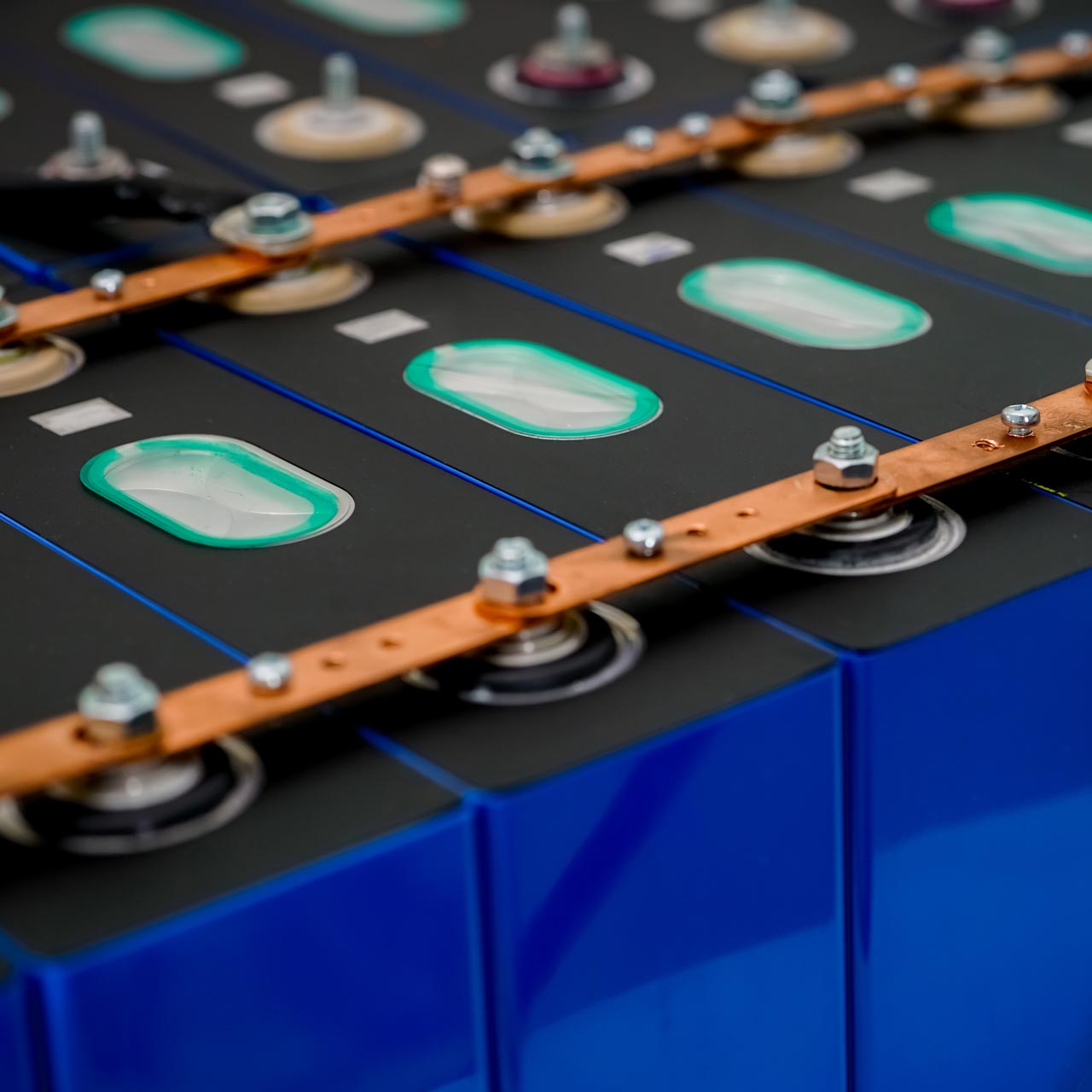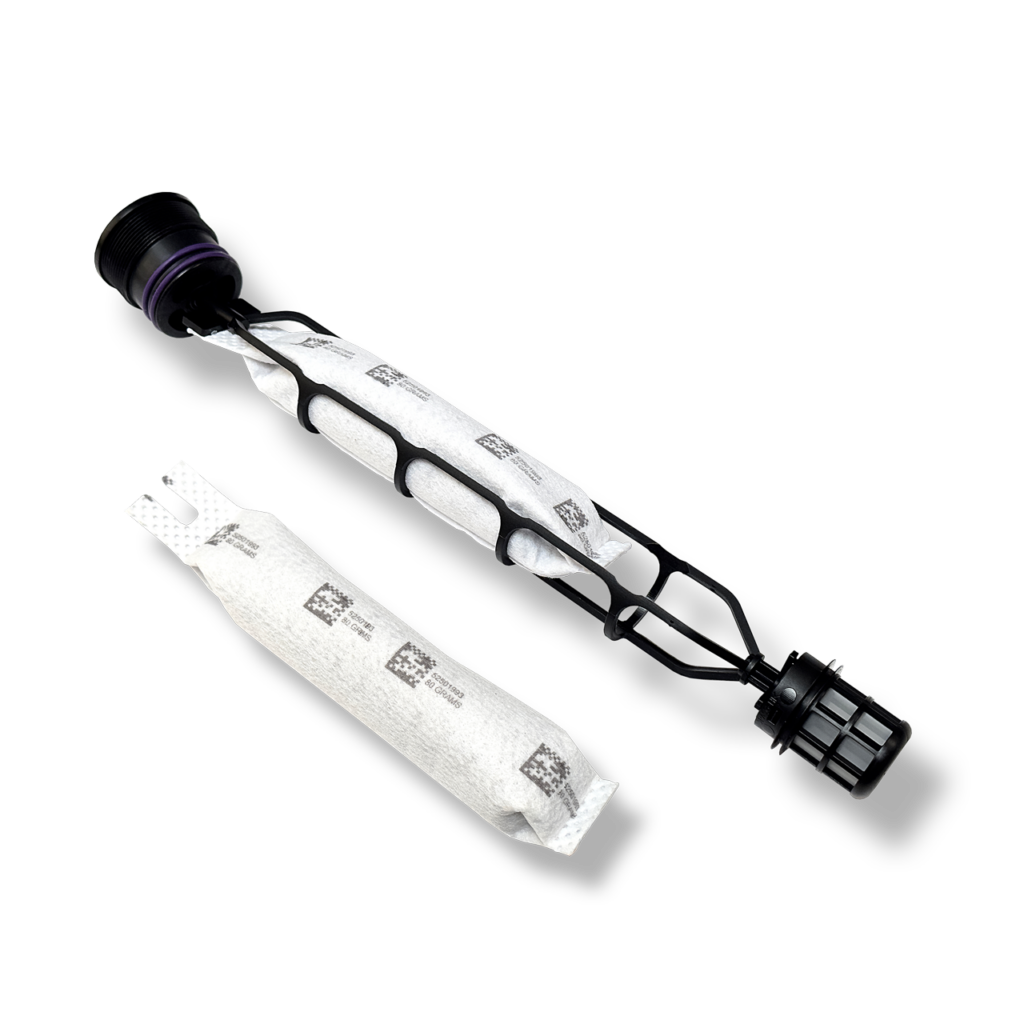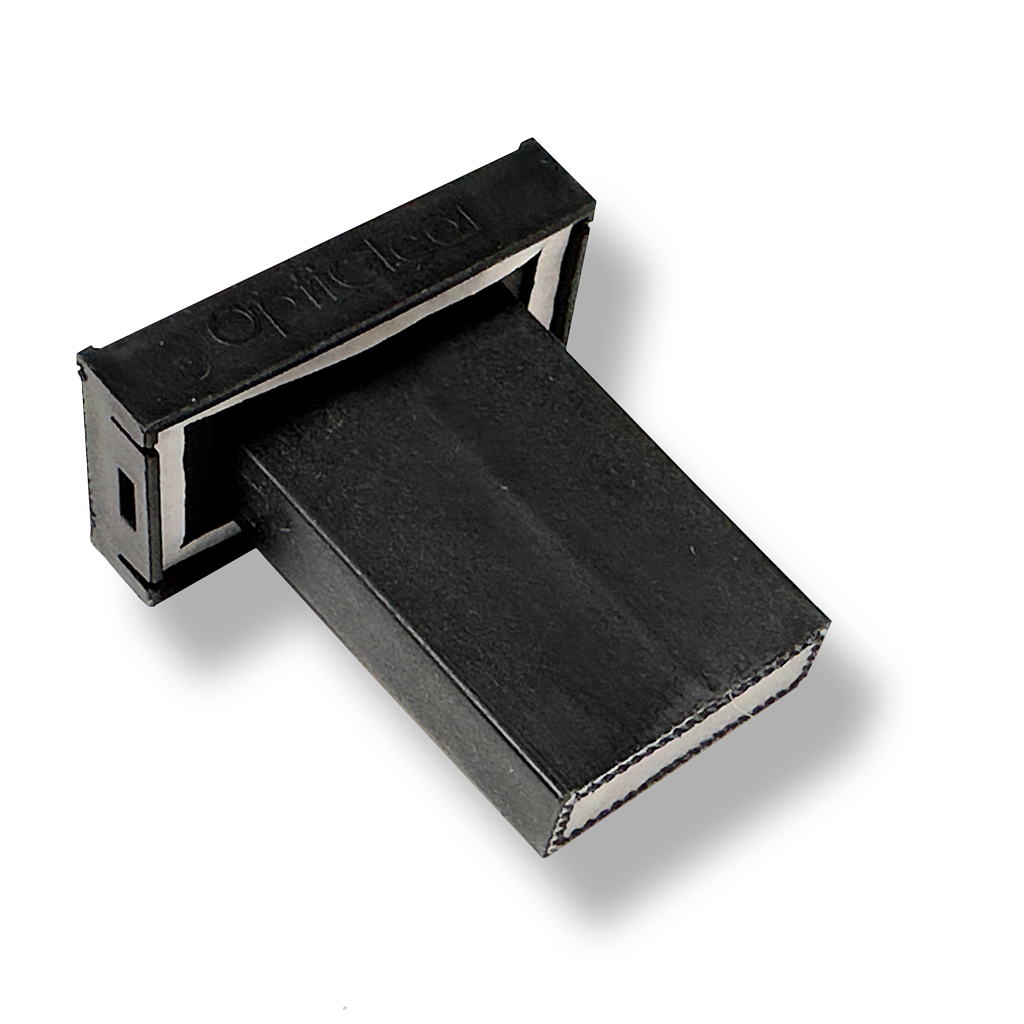
EV Batteries

Flow Dry offers multiple desiccant technologies to protect batteries from moisture damage.
EV battery assemblies are generally packaged within a protective housing that ensures individual cells maintain proper electrical connectivity and prevents water and debris from creating electrical short circuits or damaging critical components. Since these assemblies can generate substantial heat during charge/discharge cycles, the housing must be vented to allow air pressure to equalize and prevent rupture.
Water can make its way into these housings by diffusing through vents or by “breathing” during heating/cooling cycles. If the outside air is especially humid or if certain parts of the battery assembly are cold enough, water vapor can condense inside the battery and cause many issues. Another source of water may be the battery itself. Many battery assemblies use plastics that absorb water. When the battery heats, these plastics can release water. If that water isn’t quickly removed from the assembly housing, it can lead to condensation.
Desiccants can help avoid the damage caused by water in EV batteries, but the desiccant will need to be replaced over time. As long as the battery is vented, the desiccant will eventually become saturated and will no longer provide moisture protection.

We can work with you to develop a serviceable bag, cartridge or assembly, like the products we install in Automotive HVAC systems. Using our advanced injection molding capabilities, we can supply plastic desiccant components to make serviceability a snap.

Alternatively, we can design a component leveraging OptiClear™, our advanced self-regenerating desiccant technology. This would eliminate the need to periodically service the desiccant.
Connect with us to design the best solution for your needs.

